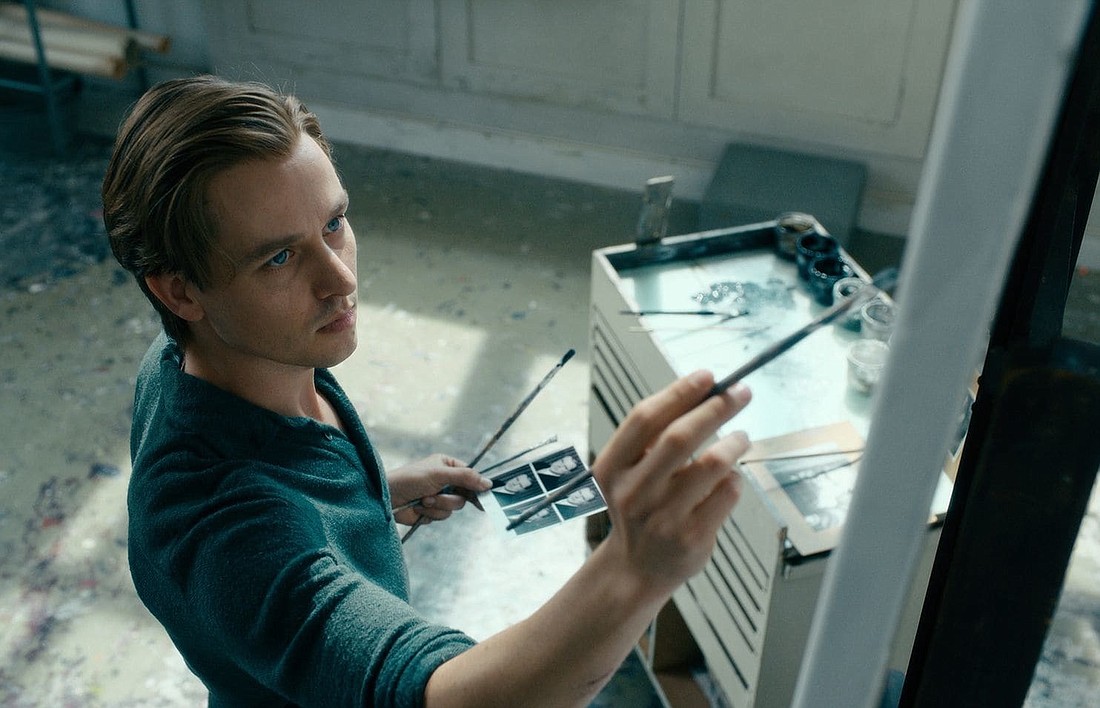- May 2, 2024
-
-
Loading

Loading

"Never Look Away" chronicles the evolution of an artist during turbulent times in history. It is also the story of a Nazi doctor who manages to evade criminal prosecution. And when their paths cross, it will leave you reeling beyond belief.
The film opens in 1937 as 8-year-old Kurt and his passionate young Aunt Elisabeth (Saskia Rosendahl) are viewing an art exhibit in Dresden, Germany, depicting what the Nazi Party considered "degenerate art." Kurt is already a lover of art and is confused by the concept. His aunt later explains to him,"everything that is true is beautiful."
Not long after, his beloved Elisabeth is hauled off by the Nazis, put into a mental institution, sterilized and eventually, gassed. The doctor in charge of her fate, Professor Seeband (Sebastian Koch), is a an avid believer in eugenics yet escapes capture when the Russians invade. Successfully hiding his identity for decades, he becomes a respected physician. In a twist of fate, Dr. Seeband's daughter (Paula Beer) falls in love with an art student. Bingo, it's Kurt (Tom Schilling).
Kurt eventually gains some recognition as a social realist painter. But he's only sucking up to the system and not realizing his true passion. It finally comes to him when his father-in-law (yeah) storms out of a restaurant after having read a front-page piece in the newspaper, accompanied by an incriminating photo. It's at this point, Kurt finds that his past has held the key to tap into his evasive creativity. His life as an artist flourishes.
Director and writer Florian Henckel von Donnersmarck ("The Lives of Others") has created a historical drama and philosophical journey that is a triumph on every level. Surprisingly, he manages to hold your undivided attention for an entire 189 minutes. The sumptuous cinematography, melancholic score and exquisite acting all mesh with one another perfectly.
"Never Look Away" examines the horrors of war, political landscapes and finding one's inner voice. It flaunts the building of the Berlin Wall in our faces and demonstrates that revenge is sweet when put to canvas. But most importantly, it provokes us to analyze the concept that "freedom of expression" can be beautiful, as well as, deadly.